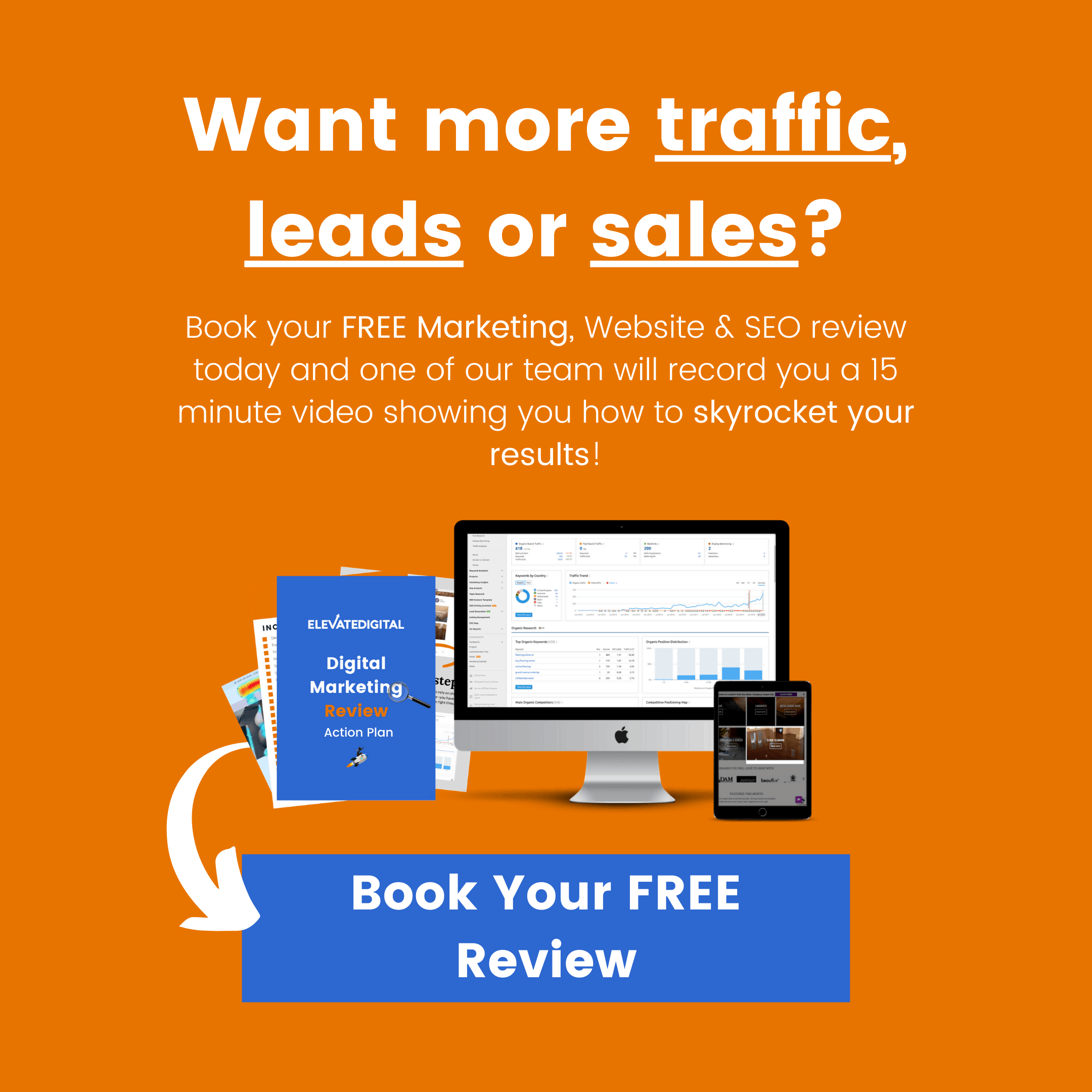If you’re not already using it, Google Analytics is a free tool that allows you to track the performance of your website in great depth.
In fact, it’s essential if you really want to scale and grow your business through digital marketing.
You may have some analytics tools through your web host. However, there are none that will cover quite as much as Google Analytics does.
So, if you’re ready to start taking a more predictable data-driven approach to your marketing.
And you want to understand precisely what your website traffic does when it hits your site; you’ll need to start using Google Analytics effectively.
Here are six straightforward tips for understanding Google Analytics.
1. Setting Up Google Analytics
To access Google Analytics, you’ll need to sign up for a Google email address. Once you have created a Gmail account, you will need to register for Google Analytics.
To do this, you will need to create a Google Analytics account. Then, you’ll need to add the name and the URL of the website that you’re looking to track.
Once you’ve done this, you’ll need to add a tracking code onto the head tag of your site. This is essential if you want to track your site. This means that only someone with access to your site’s backend will be able to set this up and track your site’s data.
You’ll then need to verify that the tracking code is working from your Google Analytics portal. You can check that it is working by looking at the real-time data. You should be showing at least that you’ve had at least one visitor to your site- you.
2. Examine Your Engagement Rate
Getting people to your site is one thing, but getting them to stay there and enjoy what’s on offer is another. Understanding the current behaviours of your visitors will allow you the insight to make the necessary changes to your content to increase your engagement rate.
Engagement gives you data about how long users are staying on your site. If a person only visits one page and then leaves, then this will be displayed in the 0-10 seconds category.
If the majority of your content is a blog, then you may find that you’re likely to have a high percentage of people appearing within this 0-10 seconds group.
You can find your engagement rate by heading to Audience, then Behavior, then Engagement.
3. Looking at Your Bounce Rate
If a visitor comes to your website and leaves without visiting another page or is inactive on the page for more than 30 minutes, this is considered to be a bounce.
It is more important that you understand the bounce rate for first-time visitors compared to returning visitors.
To compare the differences head to Audience, then Behavior, then New Versus Returning.
You may find that your bounce rate is higher because your pages haven’t been optimised for conversions. Whenever you create a post, you create what is known as a ‘title tag.’ This is used by Google to work out what your post is all about.
If your title and post don’t seem to be connected, it may make visitors leave as soon as they arrive.
To find out the bounce rates for specific pages, go to Content, then Site Content, then All Pages.
If you find that you get traffic with a high bounce rate, think about reviewing your content to ensure that it is relevant to the title tag.
To improve your bounce rate, you should use clear calls to action at the end of every post or page, include internal links earlier in the post, and use related posts.
Tom actually created a video on this that goes into some more suggestions on reducing your bounce rate and increasing conversion – check it out below:
4. Create a Custom Report
A custom report allows you to view the data that is most important to you and your business all in one place. You may want to create a standard report that you like to run frequently.
Custom performance reports are easy to set up, and if you don’t want to set up your own, you can always use a pre-existing dashboard which you can add to your account.
To set this up, head to the report in Google Analytics that you want to send to yourself. Then go to the top right-hand corner and select the date range. Then, click Share.
Then you’ll be met with a popup that asks you to enter your email address, the frequency, subject line, and the file type.
Then, you’ll be sent a report via email at the frequency that you requested. In the meantime, you can still check on your reports whenever you like using Google Analytics in the usual way.
5. Measure Your Site’s Speed
Because speed is a ranking factor on Google searches, you should do everything that you can to ensure your website loads quickly. If your page doesn’t load quickly enough, you’ll lose visitors because they just won’t wait around
To find out how fast your site is head to Behavior, then Site Speed, and then Overview.
You won’t just get data about the speed of your site; you’ll get in-depth information about what might be slowing it down. You can then take this information and implement all of the necessary changes to your site.
6. Create a Goal
Perhaps one of the simplest ways to analyse your site’s information is to set up a Goal in Google Analytics. You can set up goals relating to duration, pages/visits, and events, and you can see the information that your default Google Analytics account won’t show you.
You could track:
- The most common page for visitors to land on
- How long visitors stay when they get to your site
- How many pages a visitor will view before they leave
Use these goals to match up with your own objectives for your website.
Creating goals is also a great way to effectively track the marketing returns from your social media channels. Here’s how to track your social media conversions in Google Analytics.
Need Help Understanding Google Analytics?
Understanding Google Analytics is essential if you want to be able to drive your website to the next level.
If you need support in marketing your website and business effectively, we’re here to help. Get in touch today to find what we can do for you.
Want more data-driven and ROI based insights on your marketing?
Book your FREE digital review today and we’ll record you a 10 minute video looking at your current strategy and suggest some ways you could monitor and significantly increase your marketing ROI!
- 10 Highly Effective B2C Marketing Ideas & Strategies - April 10, 2023
- How To Create A Legendary Marketing Team In 2022 - October 10, 2022
- Which Ad Platform Is Best In 2024 - May 17, 2022




